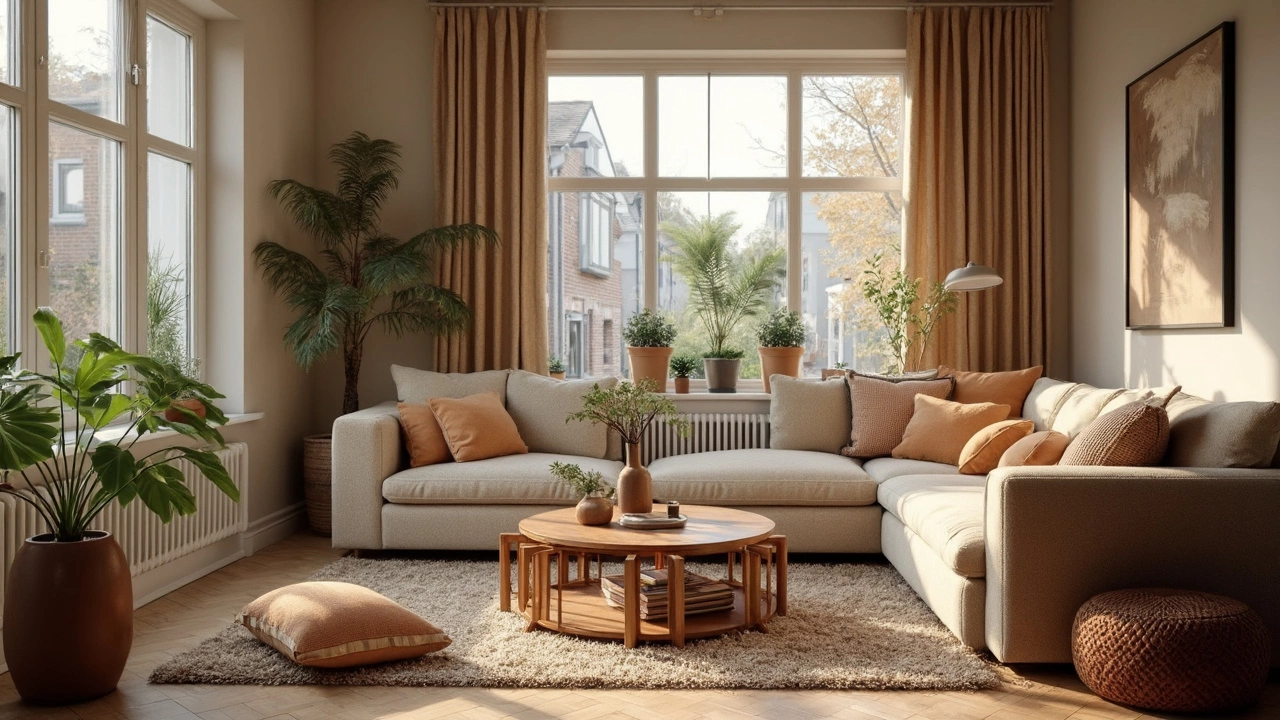Gray Alternatives: Fresh Colors and Materials for Every Space
Gray has ruled the design world for years, but the trend is shifting. Homeowners are looking for colors that feel warmer, more personal, and less clinical. If you’re tired of gray walls, sofas, or cabinetry, there are plenty of simple swaps that can transform a room without a full remodel.
Why Switch From Gray?
Gray can make a space feel empty when the lighting is low, and it often competes with bold accents rather than supporting them. Switching to a different tone can instantly add depth, improve mood, and make furniture feel cozier. Many people also find that gray limits the variety of textiles they can mix—think of a teal throw or a burnt‑orange rug that looks out of place on a gray base.
Top Alternatives to Gray for Different Rooms
Living rooms: Try warm beige or soft taupe. These shades keep the room neutral but add a hint of sunshine. If you love a little drama, a muted navy works well behind a light‑colored sofa. Pair it with natural wood coffee tables for a balanced look.
Bedrooms: Light sage or dusty rose create a calming environment without the starkness of gray. For a modern vibe, charcoal can replace gray, especially when paired with crisp white linens and brass accents.
Kitchens: Creamy ivory cabinets or warm honey‑toned wood give a welcoming feel. If you prefer a sleek look, consider deep teal or forest green. Both colors hide wear and still look sophisticated.
Bathrooms: Soft blues and sea‑foam greens bring a spa‑like atmosphere. They work well with white fixtures and natural stone tiles, offering a fresh alternative to cold gray tiles.
When choosing an alternative, think about the amount of natural light a room gets. Darker hues thrive in bright spaces, while lighter tones keep dim rooms airy. Test swatches on the wall before committing; a color can look completely different under morning versus evening light.
Mixing textures can also make a new color pop. Pair a velvet navy sofa with a rough‑hewn oak side table, or add a knitted throw in mustard over a beige couch. Small accessories—like cushions, lampshades, or artwork—help bridge the gap between the main color and the rest of your décor.
Finally, don’t feel locked into one shade. Layering two complementary alternatives—like a sage wall with a muted mustard accent wall—creates visual interest without overwhelming the eye. The key is to keep the overall palette balanced and let each element support the other.
Ready to ditch gray? Start with a single piece—maybe a new rug or a set of curtains—in one of these alternatives. Watch how the room feels, then expand from there. You’ll be surprised how quickly a fresh color can make your home feel brand new.
What Color Is Replacing Gray for Decorating?
Gray used to be the go-to color for modern decorating, but things are changing fast in 2025. Warmer, earthy hues are showing up in furniture, walls, and accessories. Shades like rich taupe, soft terracotta, and natural greens are taking over showrooms. These new colors blend easily with existing furniture and work for both big updates and quick fixes. If you’re thinking of changing up your space, it’s worth seeing how these fresh tones can bring new life to your home.
More
